Description
Tape masking is the process of using tape to protect areas of a surface from paint, glue, or other substances. It is a common technique used in a variety of applications, including painting, woodworking, and construction.
There are a variety of different types of tape that can be used for masking, each with its own advantages and disadvantages. Some common types of masking tape include:
- Painter’s tape: Painter’s tape is a type of crepe paper tape that is designed to be easily removed without leaving any residue. It is a good choice for masking surfaces that will be painted, as it will not damage the surface when it is removed.
- Low-tack masking tape: Low-tack masking tape is a type of tape that has a low adhesive strength. This makes it easy to remove without damaging the surface, but it also means that it is not as effective at preventing paint from bleeding under the tape.
- High-temperature masking tape: High-temperature masking tape is a type of tape that can withstand high temperatures. This makes it a good choice for masking surfaces that will be exposed to heat, such as car bodies or metalwork.
To use tape masking, simply apply the tape to the areas of the surface that you want to protect. Be sure to press the tape down firmly to ensure a good seal. Once the tape is in place, you can apply paint, glue, or other substances to the exposed areas of the surface.
When you are finished, simply remove the tape carefully. If you are using painter’s tape, you should be able to remove it without any problems. If you are using low-tack masking tape, you may need to use a little bit of heat to help loosen the adhesive.

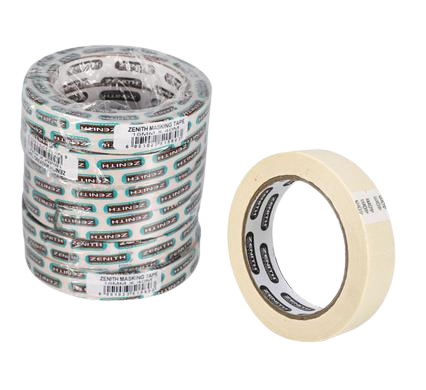


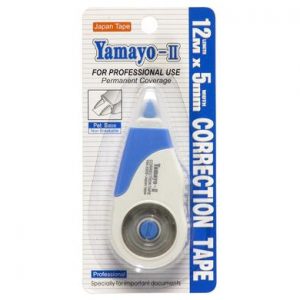


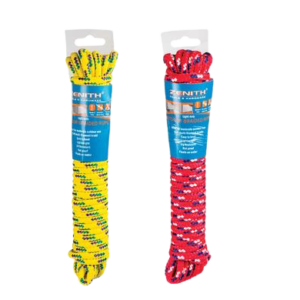
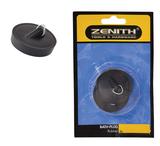
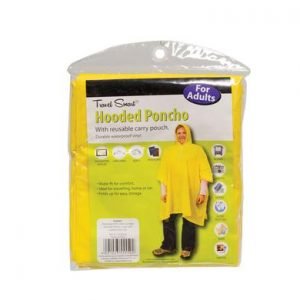
Reviews
There are no reviews yet